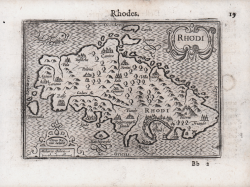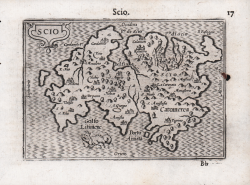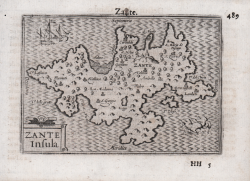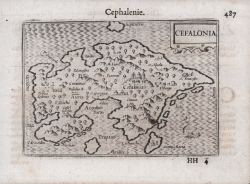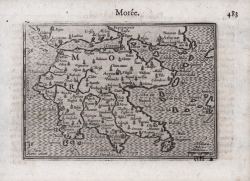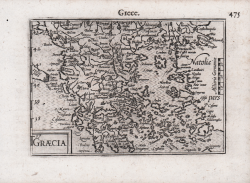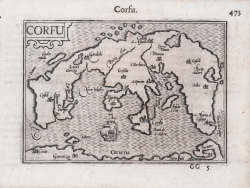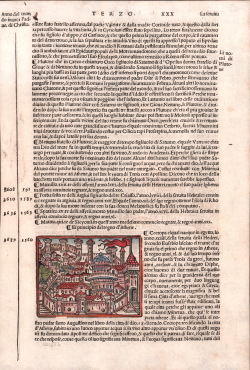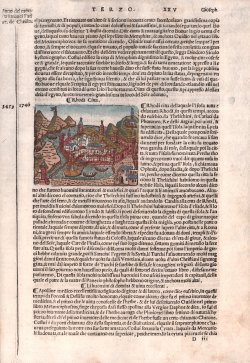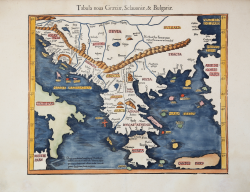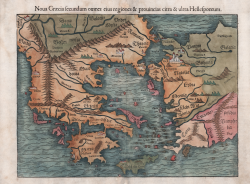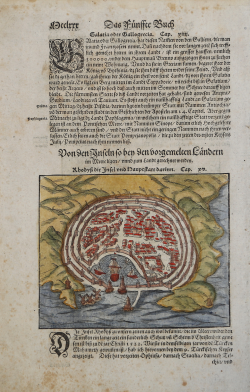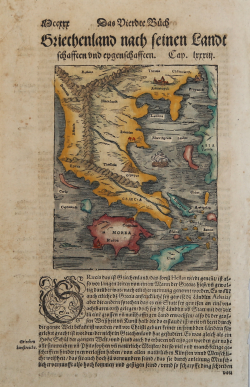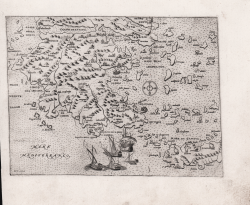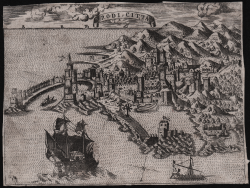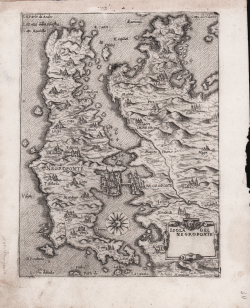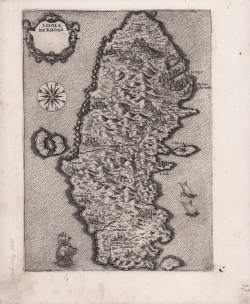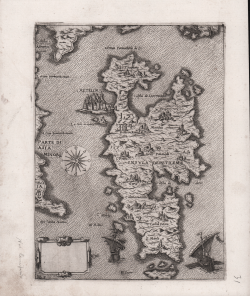El principio del regno d'Athene
Giacomo Filippo FORESTI
Code:
S14053
Measures:
75 x 55 mm
Year:
1490 ca.
Printed:
Venice
Rhodi Città
Giacomo Filippo FORESTI
Code:
S14054
Measures:
85 x 65 mm
Year:
1490 ca.
Printed:
Venice
Tabula nova Graeciae, Sclavoniae, & Bulgariae
Laurent FRIES
Code:
S43124
Measures:
405 x 320 mm
Year:
1522 ca.
Printed:
Vienne
Noua Graecia secundum omnes eius regiones & prouincias & ultra...
Sebastian Münster
Code:
ms6301
Measures:
350 x 260 mm
Year:
1540 ca.
Printed:
Basle
Griecheland nach Seinen Landt
Sebastian Münster
Code:
S17014
Measures:
200 x 325 mm
Year:
1550 ca.
Printed:
Basle
Isola del Negroponte
Natale BONIFACIO
Code:
S26305
Measures:
155 x 210 mm
Year:
1568 ca.
Printed:
Venice
Insula de Metileme
Natale BONIFACIO
Code:
S26296
Measures:
155 x 210 mm
Year:
1568 ca.
Printed:
Venice

